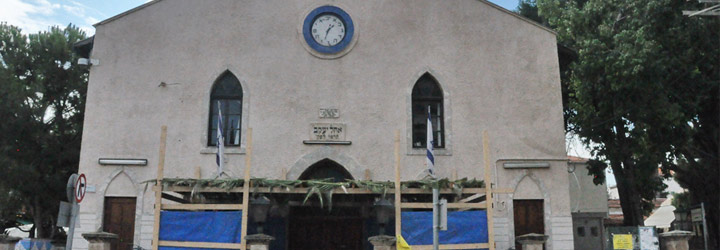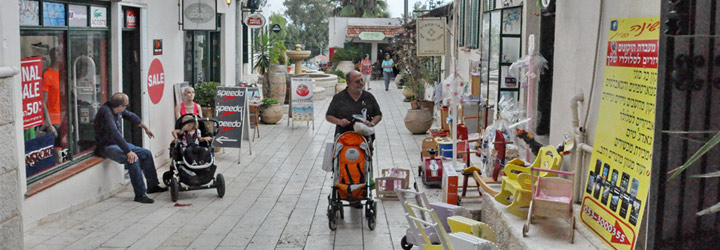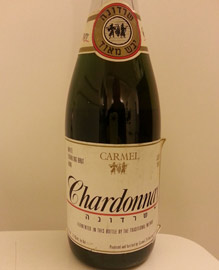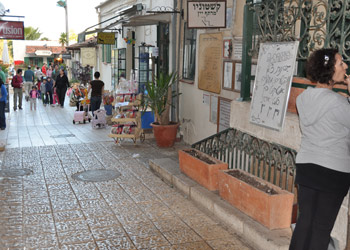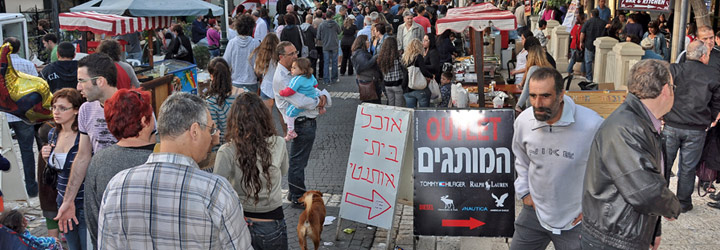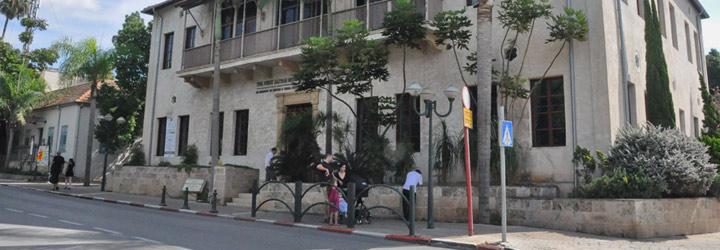A short account of Zichron Ya’akov, given by your Israel & Jerusalem private tour guide
“We will not leave this place since we came to our fathers’ land for a holy cause and we do not want to live in any other place in the world.” These were the words of Zamarin’s first settlers, when in 1883, they were offered the option of leaving their new place in order to become more successful in Argentina. Although the settlers were poor, they maintained their pride. The result of their efforts was the establishment of one of the first Jewish agricultural colonies in modern times.
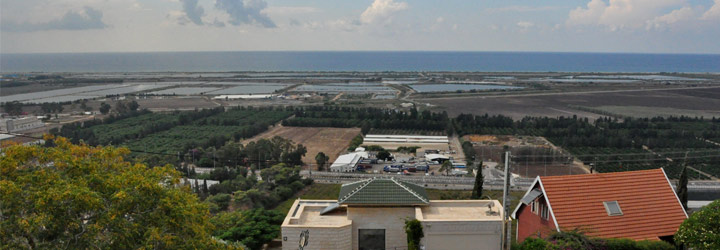
click on all the photos to open them up
How did it all start?
It all started in Romania, with a Jewish movement called Zion Lovers. The first push for newcomers occurred in 1881 in Rosh Pina, and in 1882, other communities sent envoys to buy land. They bought approximately 1,500 acres on and around Mt. Carmel, in a place called Zamarin.
In December of 1882, about 70 families arrived in Zamarin, and tried to do something that they were never trained for – work the land and produce food. The harsh conditions, poor hygiene, outbreaks of malaria and a very meager harvest caused a lot of tension and despair. This forced the settlers to ask for support. Baron Hirsch, who was engaged in settling Jews in Argentina, offered the group the opportunity to move there, too, but their answer, as quoted above, left no doubt about their determination to stay.
Another Baron, Edmond de Rothschild from Paris, heard about the Jewish settlers, and offered them the same deal that he had offered the settlers of Rosh Pina. He would pay them to grow the crops that he told them grow. The settlers agreed to this, and named the colony Zichron Ya’akov (Remembrance of Jacob, after the Baron’s father). Rothschild sent engineers, technicians, farming instructors, teachers, doctors, etc. to the colony. Farms were built, vineyards were planted and soon, a winery was built in the colony, which became quite successful. The Carmel Winery is still the largest in Israel.
By the beginning of the 20th century, the management of the colony had changed. As a result, the subsidies and supports were decreased, and the farmers had to make it on their own. Today, Zichron Ya’akov is not a farming colony, but a city with a population of 22,000.
What can we see today?
Zichron Ya’akov was built by the Baron in the form of two perpendicular streets. One of them was the street of the farmers, and the other one was the street of the administrators. A farmer’s piece of land contained a home facing the street, and a courtyard, which had sheds for animals and tools. All of the houses on the farmers’ street (now called The Establishers Street) except for one have been transformed into lovely restaurants and shops. On holidays and weekends, it is a very active street.
The one original home that survived is the Aharonson Family Museum, which tells the story of a family of early settlers, who established Nili, the first Jewish underground. The members of Nili fought against the Ottomans in World War I, and endured much suffering in the process.
The street of the administrators (now called Hanadiv – the Generous) was the location of the large administration house (now the Museum of the First Aliyah), the synagogue (named Beit Ya’akov, after the Baron’s father, and is still an active synagogue), a department store and other buildings that did not survive.

